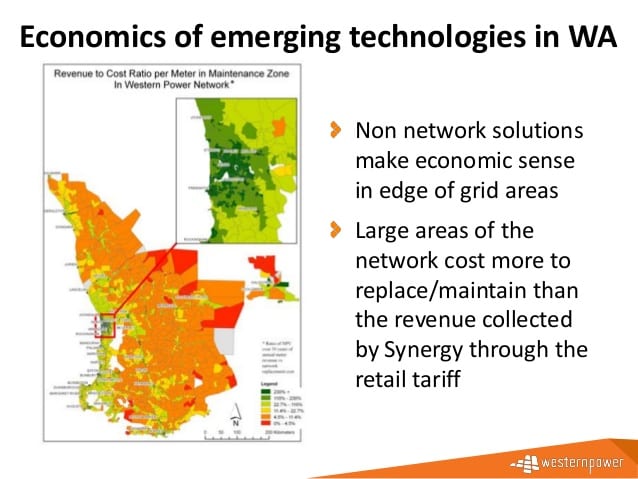Skotty
2014 S P85 | 2023 F-150L
It really is simple math and it just doesn't add up in favor of residential solar. But please try to explain how residential solar will become viable using math.
As noted earlier, math is not always required, so long as the cost is tolerable. Sometimes it comes down to politics and ideologies.
Utility doesn't install solar --> I install my own solar




